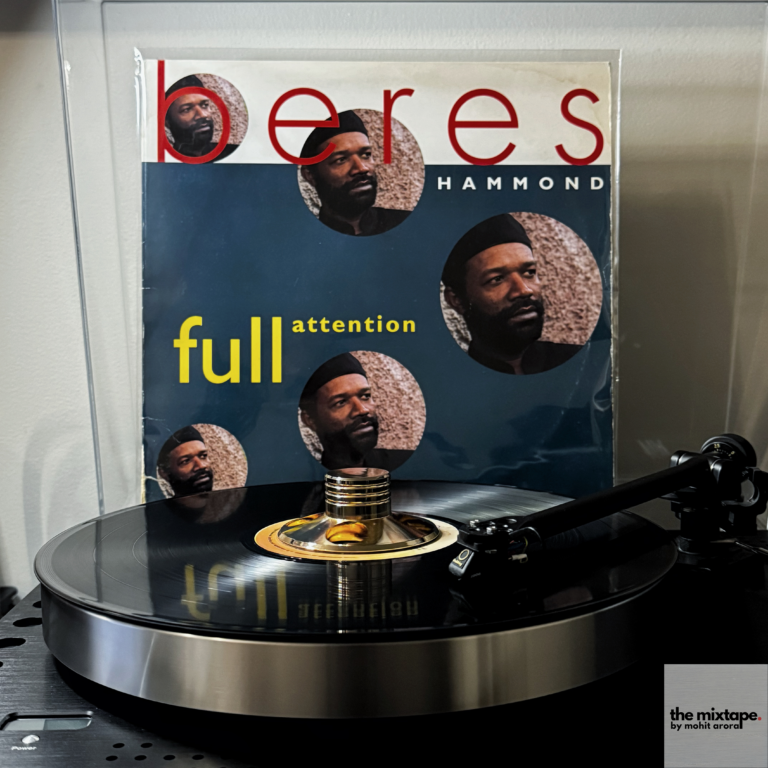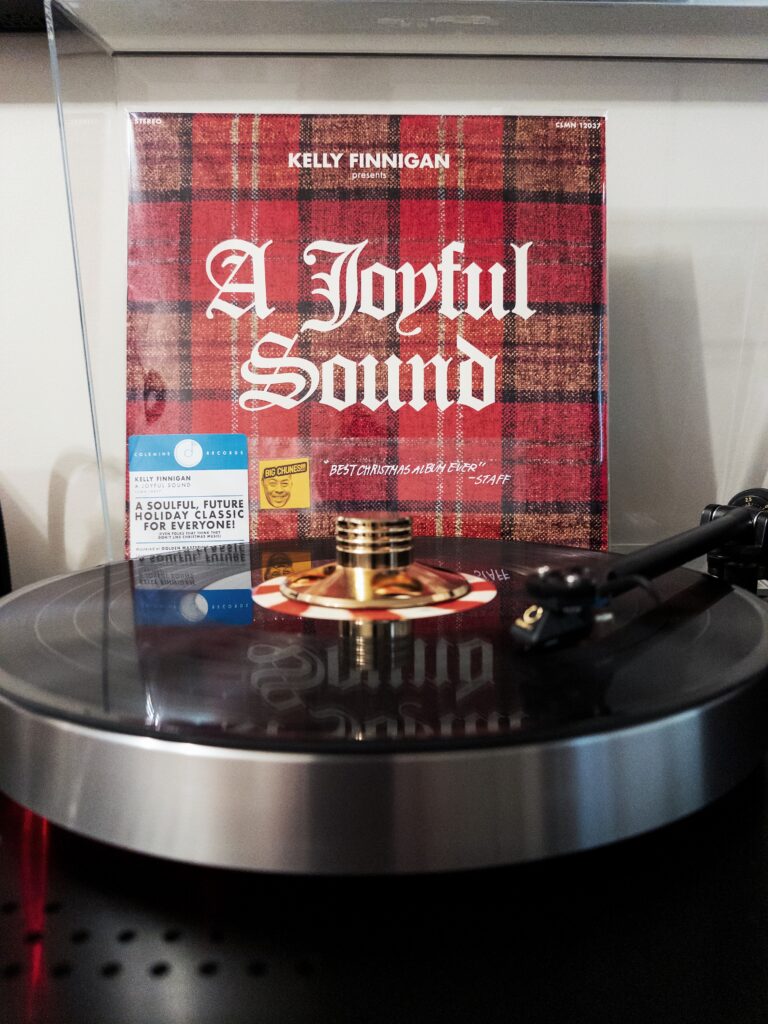
Genius of Rap, Island Records, 1982
Following text taken from the album jacket:
Graffiti art, break dancing and rap music are the three art forms of the new urban tribes. — J. Walter Negro
Ride the subway in New York and you’ll be shocked by the graffiti. It doesn’t matter that you know it exists, you will be shocked. It’s a stunning, surreal backdrop of potent, psychedelic street imagery that shouts its validity every time one of those meat trucks flashes past. Then when someone tells you that there’s kids way up in the South Bronx who spin on their elbows, their shoulders, and their heads, you might find that hard to take. And then when you get to see a breaking crew in action, it doesn’t help—you still can’t believe the agility, the timing, the awesome nerve of break dancers. Rapping is the soundtrack for breaking, rapping is graffiti for the ears. Go to a club and hear a group of MCs spinning records backwards and competing to cut the next man in an insane ad-lib of the hippest, heaviest jive over rock-solid rhythms so hard it hurts, and you may begin to doubt your sanity. Don’t worry, it’s just another night on Manhattan Island. Rap is the toast(ing) of New York, the hip hop that leaps from giant boxes on every corner, the bass line that pops and rumbles and bursts out of crumbling tenements. It’s a hustle on 42nd Street, a house party in Harlem, and these days it’s even a voice in the Village. Rap is a new step in the story of the dance that began with DJs who talked too much in parts of town where nice people just don’t go. And now it’s a non-stop stream of 12” singles that will propel any party way beyond breaking point. The rappers are the new town criers, and they can make you laugh or shout or cry, but most of all they can make you dance. That’s the genius of rap. — Robert Elms

